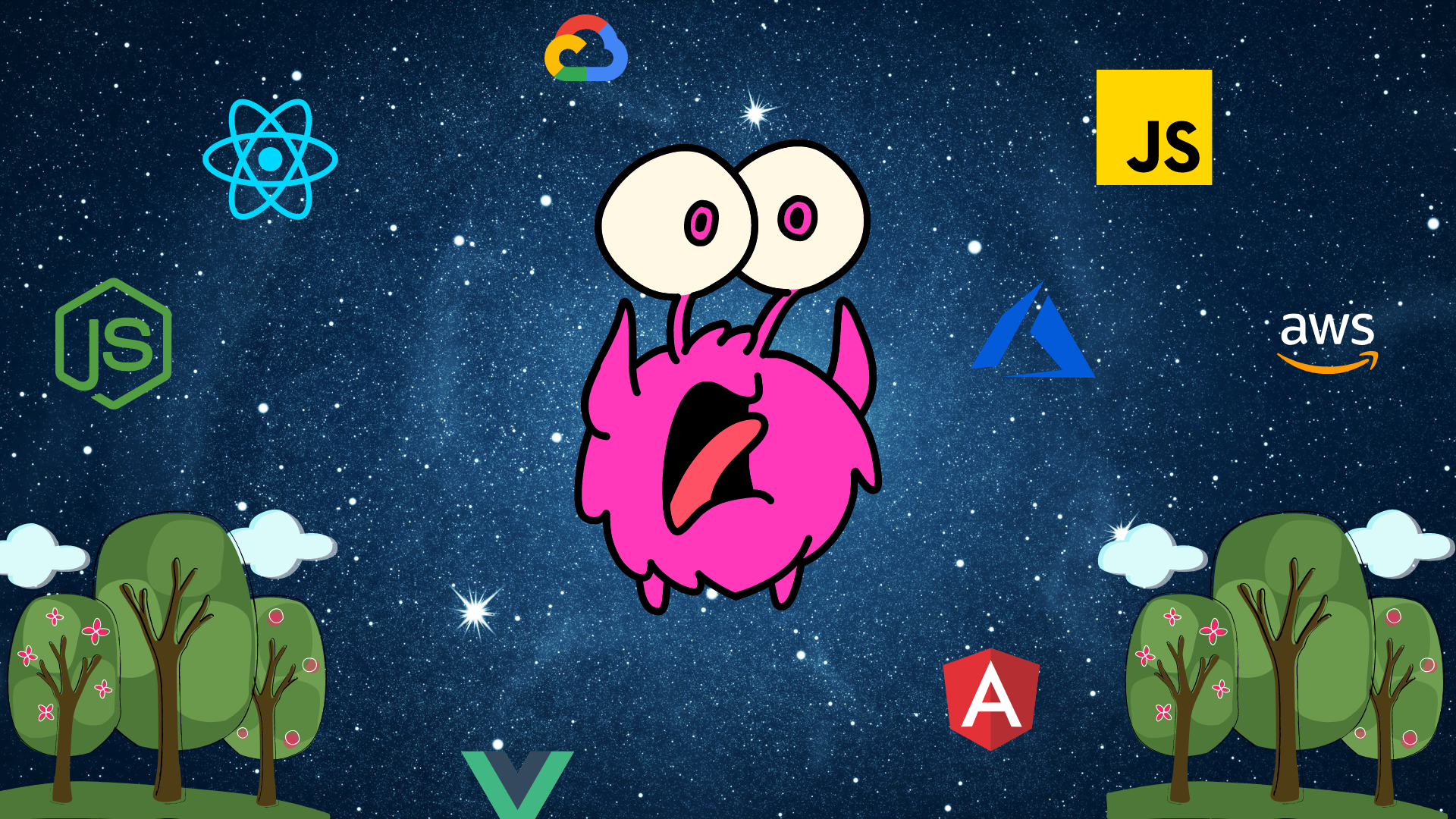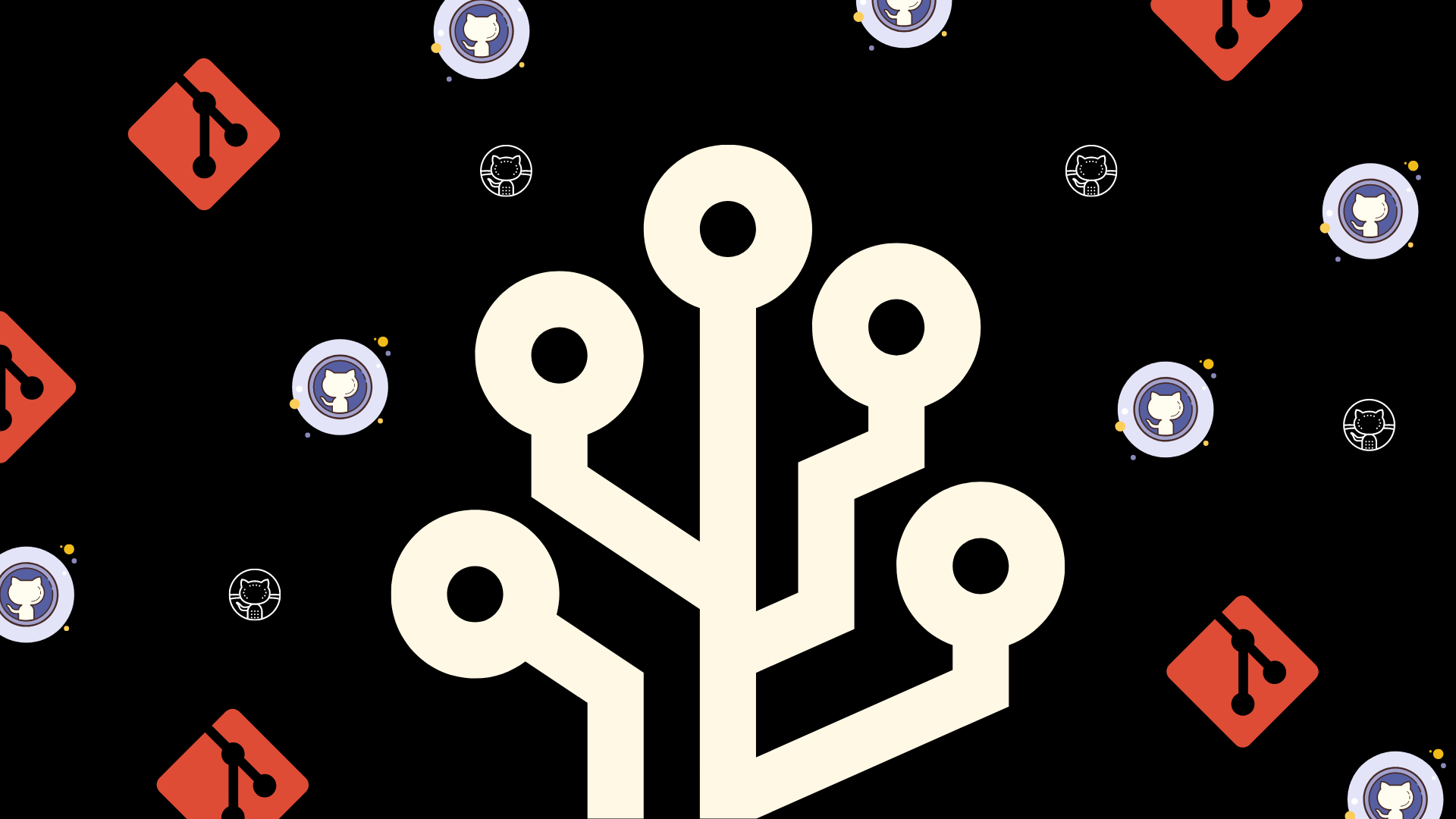Why Every Website Looks The Same
When design principles make you look good, just like everyone else

As a front end developer and aspiring graphic designer, I’ve noticed a frightening trend, especially on the online world. Everyone complains about how all Instagram photos all look the same (and yes, they do), web aesthetics are going down the same route, if it’s not already there.
This makes me question, is there any original thing left to be designed into existence? When everything has already been done and coded, what else is there left to add? then it led me to the question, how did we end up the way we are?
It started with Apple
Steve Jobs had a thing for minimalism before it was cool. When he married design principles with the first iPhone, interface design changed forever. While we may take for granted the flattened tones and crisp typography, we can all agree that comic sans was a strangely popular abomination that everyone loved and its usage today being considered an ode to the digital relics of the 90s.
Design is not just what it looks like and how it feels. Design is how it works. — Steve Jobs
When functionality met up with design, digital user experience grew into its own science and category. Back then, it wasn’t just pretty colors and different shapes — Jobs emphasized the need to understand and optimize human interactions with the physically digital thing at the user’s fingertips. Eventually, other people quickly caught on as customers flocked to Apple’s products and gave rise to a period we commonly refer to as Apple’s golden era.
The permeation of design principles
Imitation is one of the greatest acts of flattery. With everyone clambering to obtain what Apple created, experimentation exploded en masse around the web. Eventually, the global connected community eventually gravitated towards certain palettes and trends — sort of like the influx of females getting ‘the Rachel’ haircut from the sitcom Friends around the same time. With Apple leading the way, people started to innovate.
Graphic designers with art history knowledge began to transition over from print and into the digital space. With the help of Adobe, digital art and design exploded into a space that was once occupied by single disciplined developers — and thus began the cross pollination of ideas and interface design became more than just gradients of grey.
Companies quickly caught on that they could influence potential customers with design. It then became an arms race to copy and innovate — to look better, if not as good as their competitor. All disciplines that once existed in print started to crop up in digital versions.
Hello Bootstrap!
Not every developer is a designer. Unifying clear design principles and developments in front end technologies, Twitter Bootstrap came out as a free front-end framework that aimed to give consistency and pull together the different digital design principles that was circulating the industry.
That was back in 2011 when the idea of responsive design started to grew in popularity. It became an issue for front end developers to support the various screen sizes, ratios and rendering engines required without going slightly crazy in the process. Bootstrap solved the issue and became one of the contributors towards unifying the visual state of the Internet.
It became easier for the common developer to create something quickly and to standard that was technically acceptable. Bootstrap styled buttons, typography, layout suggestions and user interactions grew with its popular adoption. Why create something new and potentially risky when someone’s already done a proven concept?
Not only that, users came to expect certain design elements for certain situations and context. To break that expectation became a risk to breaking the conversion flow.
Setting new standards with Google Materialize
Three years after Bootstrap came out, Google came up with their own design framework — aka Material Design. It became the default in mobile application design circles before quickly taking over Google owned applications such as Gmail, YouTube, Google Drive, Maps, Inbox and Google+.
While the fundamentals of composition remained, Google vamped it up by specifying interactive requirements and color palettes in order to keep the general theme of design elements the same. To venture outside this framework risked the act of innovation or failure to capture a user’s ingrained usage patterns.
By 2014, a majority of the world are digital users with at least a decade of conditioning. As websites and apps move to mimic the successes of others, they end up looking and feeling similar without being exactly the same. This isn’t always a bad thing. When a user is used to a certain flow and digital mechanics, there is less friction and potential for confusion. Digital natives, mostly those who are born in the 80s and 90s are well adapted to their expected digital behavioral patterns. Fluid and responsive layouts with certain ratios, color schemes and typographic pairings became the norm.
When photography turned cheap
Back in the day, in a time not too long ago, photography used to be a exclusive and expensive venture. But as digital became mainstream, so did photography. Instagram turned everyone into a photographer. Aesthetic construction and composition grew to portrayed certain emotions, moods and feelings. Digital turned from something that was distant, complicated and cold into something that represented a snapshot imagery of ‘reality’. Photography was no longer your grainy, shiny faced and red eyed kind of deal but an array of subjects that is anything and everything.
Equipped with a camera via their phones, the new generation of digital users get to practice their skills at a much frequent rate than their dark room and film predecessors. Apps and editing tools with lighting and filters gave them eyes for what is considered acceptably beautiful. As more and more people copy each other, they develop their own slight variations of beauty that is similar to the viewer but slightly altered.
And it is this new generation of consumers that are leading the way on what is being produced and consumed by companies. To design something that is aesthetically different could risk losing out on an entire demographic — if not all its potential users.
What else is there to explore?
With themes, free stock photography and an abundance of freemium digital assets circulating the web, everyone wants to look good like everyone else. Innovative design has taken off towards physical product design where clever and differentiation becomes novel and appreciated. However, the flatness and 2-dimensional space of our web pages and mobile apps do not impact users with the same effect. While the first encounter may be novel, the second or third may feel unpractical as seconds trickle out and getting to the point is what a user expects.
The beat around the bush in a user experience interaction is not commonplace. People are not downloading apps to experience a mystery novel but to solve an immediate problem. There is an expectation of instant gratification. Looking the same as everyone else aesthetically is one way to retain and convert users by giving them what they’re expecting.
Unlike physical products where you have the space to get clever with design, digital deviations are left to the brave. Changes to the status quo is merely a discovery of a process that enhances the user experience rather than reducing it — because brands and businesses cannot afford to reduce an experience without risk of losing to the competitor.
Final Words
Competition used to be who could produce the better product. Nowadays, competition is who can visually design the better experience — or rather, who is better at implementing the status quo of expected digital experiences.
To risk innovation is to risk loosing out on winning through tried and true methods. However, winning isn’t always guaranteed when everyone looks exactly the same. Winning the Internet and conversions now requires more than just an aesthetically pleasing design — it requires the roundness of persona creation. Brands and companies who are able to tap into and successfully utilize this rising 4th dimension of the web are the ones who are most likely to succeed and differentiate themselves from the sea of sameness.



Comments ()